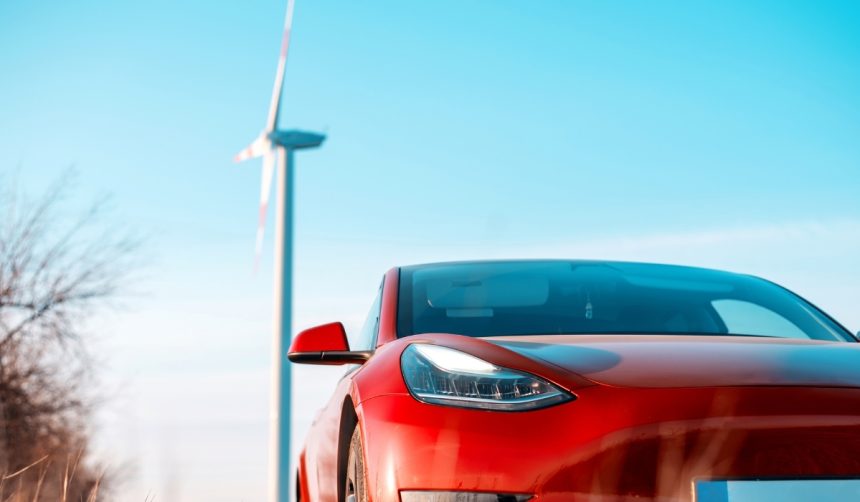Tesla, known for its electric vehicles and advanced driver-assistance technologies, faces heightened scrutiny in France as government authorities intensify efforts to protect consumers from potentially misleading marketing. The Competition, Consumer Affairs, and Fraud Control Office has issued an ultimatum to the company, asserting that its promotional language surrounding the Autopilot and Full Self-Driving (FSD) features may not accurately describe their capabilities. Public debates over the safe use and clear communication of semi-autonomous systems have increased as more drivers adopt these innovations. France’s regulatory action signals growing concerns that such technologies could create confusion or unreasonable expectations among consumers, prompting new discussions about responsible advertising in the fast-evolving automotive industry.
International coverage over similar issues has seen regulators in several countries, including Germany and the United States, questioning Tesla’s use of terminology like “Autopilot”. In Germany, legal challenges have resulted in court rulings against selected marketing phrases deemed potentially misleading. American agencies have previously urged the company to clarify distinctions between assisted driving and autonomy, backing concerns with data on driver misunderstanding and incidents. However, earlier regulatory focus often leaned more toward oversight and education, rather than direct threats of daily fines. The French ultimatum presents a significantly firmer approach to enforcement and consumer protection compared to some precedents.
Why Do Regulators Criticize Tesla’s Autopilot Claims?
Concerns from the Competition, Consumer Affairs, and Fraud Control Office center on whether Tesla’s presentation of Autopilot and Full Self-Driving gives consumers a false impression of their vehicles’ abilities. While these systems offer advanced driver assistance, full vehicle autonomy remains unattained. The use of terms such as “Autopilot” has drawn criticism for potentially encouraging users to overestimate the degree of automation available to them.
What Obligations Has Tesla Stated to Its Customers?
Tesla has stated in its owner’s manuals and website materials that drivers must remain attentive, keeping their hands on the wheel and eyes on the road at all times while operating Autopilot or Full Self-Driving. The company’s position emphasizes that the systems are intended to assist with driving but not replace the need for human supervision. Such disclaimers are highlighted as a means to clarify the technology’s limitations, though some regulators argue that these warnings are overshadowed by the marketing language.
How Has Regulatory Scrutiny Escalated?
The French government agency initiated its investigation in 2023 and recently ordered Tesla to comply with advertising regulations within four months. Failure to address the identified issues could result in financial penalties of €50,000 per day. Similar feedback has been echoed by figures such as U.S. Secretary of Transportation Pete Buttigieg, who questioned labeling the system as Autopilot when manual attention remains critical:
“I don’t think that something should be called, for example, an Autopilot, when the fine print says you need to have your hands on the wheel and eyes on the road at all times. We call balls and strikes. I view it as something where it’s very important to be very objective. But anytime a company does something wrong or a vehicle needs to be recalled or a design isn’t safe, we’re going to be there.”
The ongoing scrutiny of Tesla’s advertising practices underscores the continuing challenge of transparently communicating the boundaries of driver-assistance technologies. Monitoring terminology and ensuring consumer understanding hold vital importance as semi-autonomous features become increasingly common. The situation in France reflects rising expectations for manufacturers to prioritize precise messaging and proactive safety communications. For consumers, this serves as a reminder to remain informed about the practical limitations of systems like Autopilot and FSD, and to maintain engagement while such features are enabled. Companies may face stricter regulatory oversight in the future, especially as advanced driver assistance systems evolve and more jurisdictions take action to prevent misinterpretation surrounding automation claims.










